The majority of Kenyah people - about thirty thousand - live on the Usun Apau or Apau Kayan, an isolated plateau in East Kalimantan, while the remaining ten thousand are situated mainly on the Baram and Balui rivers in Sarawak, Malaysia.
Divided into a number of sub-groups with fairly distinct dialects,
the Kenyah are hierarchical in that they share similar ideas about the
constitution and signification of rank; furthermore, each sub-group is perceived,
by both themselves and others, as having a distinct status. The largest
and most sedentary settlements tend to be those of elite status, often
exercising regional political power.
The Kenyah Badeng are an interesting, somewhat anomalous group in
this context: large in number, with settlements often numbering up to
three thousand (3000) people, they are nevertheless low in status and fairly
migratory.
Two large groups of Badeng lived in the interior of Sarawak during the
nineteenth century. They grew rice, but their descendants now claim
that swiddens were smaller and less productive then: people were 'too
afraid' to work in distant fields for fear of attacked by the enemies (Ayau - during the head hunter period)and consequently farmed secondary forest which had not been bare for a long enough period, and labour resources were affected by the occasional
depletion of male labour: some men stayed to guard the longhouse while others
acted as guards rather than working in the fields (jaga' oma/muko' oma').
It is likely, therefore, that the Badeng were more dependent on non-rice
starchy cultigens, particularly cassava and sago, during that time.
Like most other Central Borneo societies, they attempted to obtain salt, and
to a lesser extent, cloth by exchanging jungle produce with Chinese and Malay
traders; they were not, apparently, interested in obtaining other valuables which
signified status and rank such as gongs, guns or trading beads. This is a
reflection, not simply of the lack of Badeng status, but of their lack
of interest in questions of identity at that time. But obtaining even
salt, sugar and cloth was difficult. Since they lived in a fairly isolated
region in hostile times, trading links were irregular and attenuated.
The choice of when to make trading journeys (tai peselai majan) was determined
by the demands of farming and whether relations with other groups were
hostile or friendly; groups of Badeng men, mostly unmarried (de manai) and under
the leadership of a few elders, chose to travel with allies because of
the vulnerability to attack during these lengthy journeys.
Epidemic diseases, such as smallpox (probably the chickenpox), were another deterrent to trade in the nineteenth century.
Usun Apau - Sarawak
The Badeng migrated across the border into East Kalimantan during the
first decade of the twentieth century. The Apau Kayan, a remote
plateau at the headwaters of the Kayan river in East Kalimantan, was
populated by approximately ten Kenyah settlements, two Kayan
settlements and a few nomadic hunter-gatherer groups at that time.
Compared to the regional elite - the Kenyah Lepo Tau - the Badeng were
seen as lacking in refinement: their dialect was rough, their baby carriers(Ba')
were plain and unadorned, and they were not tattooed. They were, furthermore,
materially impoverished even by indigenous standards; most wore bark cloth,
for instance, while the Kenyah Lepo Tau people used cotton clothing.
Apau Kayan - East Kalimantan
The Badeng lived on the Apau Kayan for about sixty years(60), eventually
settling at Long Betaoh which is very close to the Sarawak border.
During that time, they deliberately and self-consciously set out to
beautify their own, rather elementary, status symbols by copying or
acquiring Kenyah Lepo Tau artwork, beadwork and carvings, and with easier
access to the trading centres of Sarawak, the Badeng gradually
acquired more manufactured commodities. Salt and cloth were the most
desirable items during the 1940s, although many men brought back
other, smaller, items such as combs, hair oil, kerosene lamps or tiny
beads used to decorate baby carriers.
Long Betaoh - East Kalimantan
Most of the Long Betaoh Badeng (about 1200) migrated into Sarawak
during 1956, while a hundred or so remained in Kalimantan. This move
was attributable to both the impelling forces of economic gain and political conflict: the events of the Indonesian Confrontation with Malaysia (1963-66), for example, left an unpleasant impression on many Badeng who were then easily persuaded to move to Sarawak where life seemed to be so much more promising.
Long Busang - Back to Sarawak again
They did not move a great distance, just across a mountain range called 'sawak Iran' to a place called Long Busang, now the furthest settlement up the Balui river.
Chinese traders(Temagu and Temegaw or Tamen Igau) from Belaga, eager to profit from a new market, flooded Long Busang and the Badeng had the opportunity to buy a whole
range of goods without having to leave the settlement. A primary
school was built in the late 1970s and a flying doctor service visited
the settlement about once a month. But Long Busang was still too
isolated for some and after ten years another migration occurred; this
time, internal conflict over leadership at Long Busang provided the
catalyst to leave a place which many describe as being too far from
the clinic and secondary schools and without wage-earning possibilities.
The above mentioned story is not 100% correct as not all of the Kenyah Badeng migratedto East Kalimantan as some of them came from District Baram to Belaga District.
Long Dungan - 15KM from Belaga town
The desire for a 'good life', then, has been an important part of
these successive moves downriver and the Long Dungan
people seemed to achieve this within a short period of time.
By 1988, ten years after arriving in the area, the Badeng were regarded
as exemplary by local government officials because they immediately began
selling vegetables in the Belaga marketplace and eventually supplied most of
the rice for sale in the Belaga small town. The first was taken as evidence of
entrepreneurial spirit, the second as proof of successful farming;
They said the Badeng had become more 'developed' and 'prosperous' since moving downriver.
Indeed, the Long Dungan community was regarded as a role model which other communities might need to follow.
The majority of the Long Dungan moved again in 1986 to the Ulu Kakus river
in the neighbouring Fourth Division (Bintulu) due to lack of land for algriculture.
Now they are living in a more isolated area but that has not diminished the
entrepreneurial Badeng spirit to achieve greatest heights;
Data Kakus Highlands or Apau Data Plateau - upstream Kakus river
This place is now well known by many people and most of the Kenyah Badeng from
Bintulu district are originally from Data Kakus. A primary school was built in 1987 and a flying doctor service also visited this area about once a month although they have built a clinic in this isolated area. And again another episode of migration started in the midst of 1998 where about ~50 families from Data Kakus moved to Long Beyak about 4 - 5 hours downriver.
As usual, again this migration is due to internal leadership conflict. At the present thing seems to be settled down and everybody is happy where they are and we never know what will happen in the near future to this small community.
Sunday, February 3, 2008
Subscribe to:
Post Comments (Atom)
beach
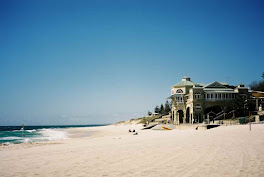
cottesloe beach restaurant
City of Perth
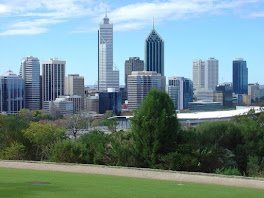
view from King's park
Houston TX
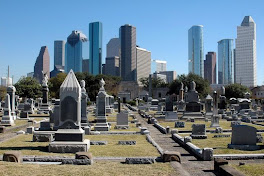
San antonio
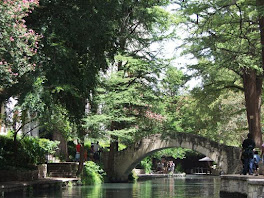


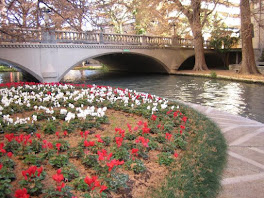


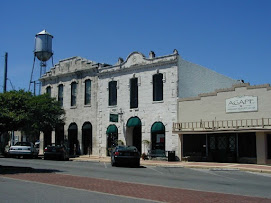


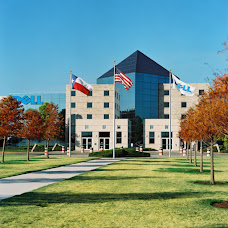

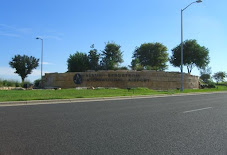



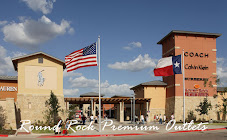


1 comment:
hi there
nice blog n gd t hv u surfing my blog too
Kenyah guy from belaga
tega tawai
Post a Comment